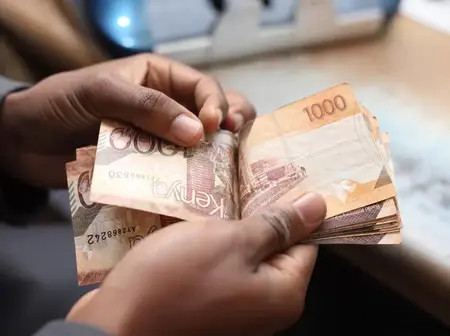Kenya’s annual inflation rate rose slightly to 4.6 percent in September, up from 4.5 percent in August, according to new data released by the Kenya National Bureau of Statistics (KNBS).
In its monthly report released on Tuesday, KNBS noted that month-on-month inflation stood at 0.2 percent, with the overall Consumer Price Index (CPI) climbing to 146.56 from 146.21 in August.
The increase was mainly attributed to rising prices in essential goods and services. The food and non-alcoholic beverages sector rose by 8.4 percent, while transport costs increased by 4.0 percent. Housing, water, electricity, gas, and other fuels also rose 1.4 percent, contributing to the overall rise.
“These three divisions together account for more than 57 percent of the total weight across the 13 major expenditure categories,” KNBS said.
The Central Bank of Kenya (CBK) maintains a 2.5% to 7.5% inflation target, which guides its monetary policy decisions. This target range cushions against global oil price shocks and weather-related disruptions affecting Kenya’s food supply.
Kenya’s economy expanded 5.0 percent year-on-year in the second quarter of 2025, compared to 4.6 percent in the same quarter of 2024, KNBS reported.
Growth was driven by strong performances in:
Electricity and water supply activities also recorded improved growth at 5.7 percent, up from 1.2 percent in Q2 2024.
For more updates on Kenya’s economy, visit our Business News section.
The Kenyan Shilling strengthened by 1.2 percent against the US Dollar, but weakened against other international currencies. It fell 6.5 percent against the Japanese Yen, 4.5 percent against the Pound Sterling, and 4.0 percent against the Euro.
Regionally, the shilling depreciated by 2.7 percent against the Ugandan Shilling, but appreciated slightly against the Tanzanian Shilling, KNBS said.
For a global perspective, read Moody’s Ratings on Kenya’s economy and how foreign exchange trends affect African markets.
In August, President William Ruto projected that Kenya’s economy would grow 5.6 percent in 2025, higher than the National Treasury’s forecast of 5.3 percent and the CBK’s 5.2 percent projection.
However, challenges remain. Reports indicate that over 1.8 million Kenyans face acute food shortages, prompting the government to seek Ksh.4 billion in emergency funding.

Leave a Reply